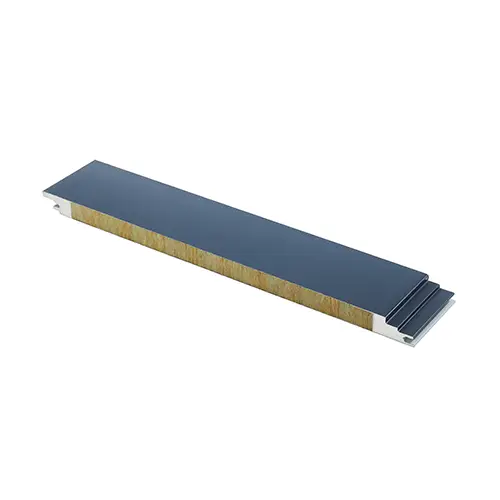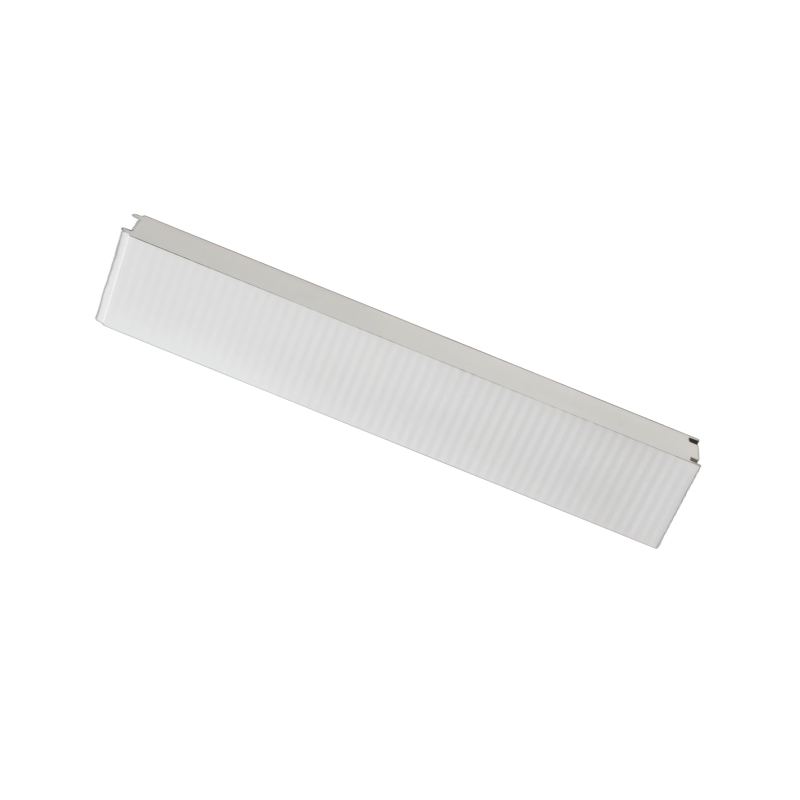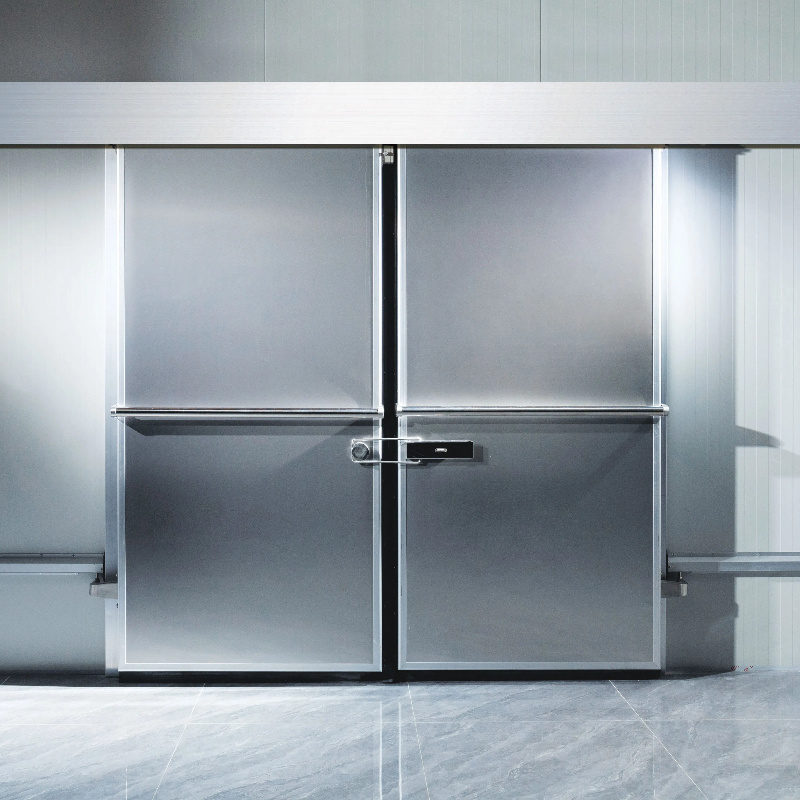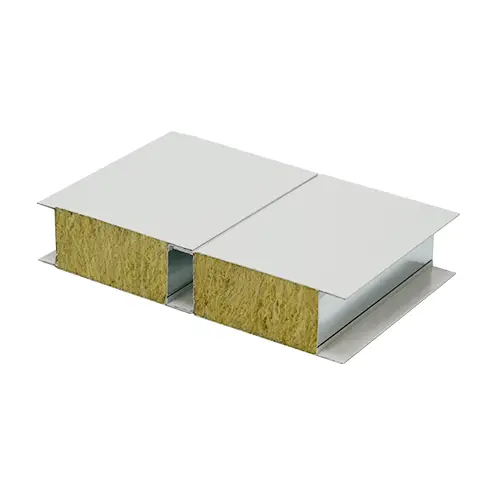14
2025
-
05
Revolution in Photovoltaic Roofing: Lion Crown Metal Photovoltaic Roof System Leads Industry Trends
Revolution in Photovoltaic Roofing: Lion Crown Metal Photovoltaic Roof System Leads Industry Trends
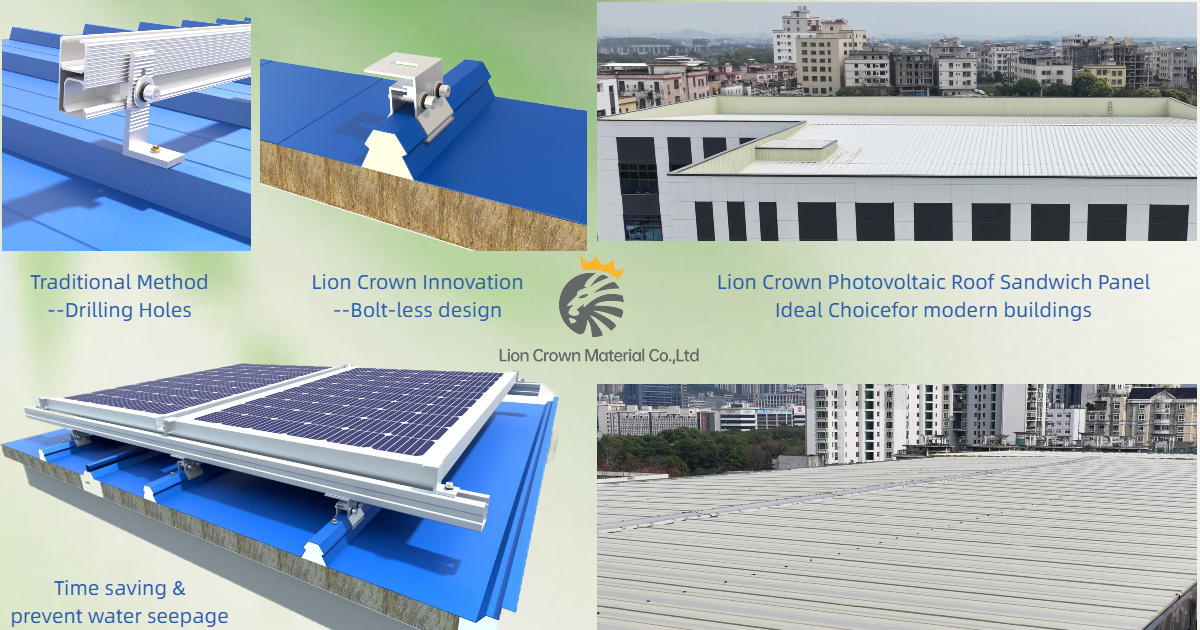
--What is photovoltaic roof panel?
Photovoltaic roof panels are a new type of building material that integrates solar photovoltaic power generation functions with building roof enclosure structures. They are a key component of Building Integrated Photovoltaics (BIPV). These panels not only possess the architectural functions of traditional roofs, such as waterproofing, wind resistance, and thermal insulation, but also convert solar energy into electricity to provide clean energy for the building itself.
--Problems of traditional photovoltaic roof panel
In the field of photovoltaic roof panels, traditional products have long faced numerous challenges. The conventional installation method typically requires drilling holes in the roof to connect the panels with bolts, followed by applying silicone sealant to enhance stability. However, this method has obvious drawbacks. The thermal expansion and contraction of the roof panels, combined with long-term vibration damage and the inevitable hardening of silicone over time, often lead to issues with the drilled holes within a few years after construction. These issues include rusting and water leakage of the roof panels, which shorten the building's lifespan and reduce thermal insulation performance. They also decrease structural stability, increasing the risk of photovoltaic panels falling off. Moreover, the panels may shift, affecting their light-receiving angles and efficiency. More seriously, water seepage can impact electrical safety, causing short circuits or even fires.
--Lion Crown Photovoltaic Roof Panel borns for this moment
In response to these pain points of traditional photovoltaic roof panels, Lion Crown photovoltaic metal roofing panels have emerged with their superior performance, offering a new solution to the industry. The boltless installation design of Lion Crown panels is a highlight, which eliminates the cumbersome drilling process and cleverly uses a clip-and-bolt connection method. This innovative design significantly shortens the overall construction period, with the potential to reduce time by up to 90%. In an industry where efficient construction is highly sought after, Lion Crown panels undoubtedly provide strong support for project advancement.
Furthermore, Lion Crown panels feature a hidden-screw fixing structure that achieves a 360-degree seam lock, greatly enhancing wind resistance and waterproofing performance. This allows the roofing system to maintain a stable and reliable protective state under complex and variable weather conditions. It effectively prevents external moisture and air from infiltrating the building's interior, creating a robust protective barrier for photovoltaic facilities. This ensures their long-term stable operation, extends the facility's service life, and reduces maintenance costs.
The unique rib spacing design of Lion Crown panels also provides a perfect match for photovoltaic maintenance support. This design not only meets the support needs during the installation and maintenance of photovoltaic modules, ensuring that the panels are securely installed at various angles to achieve the best light-receiving effect and improve power generation efficiency, but also makes the entire roofing system visually more aesthetically pleasing and highly competitive in the market.
With the booming development of the photovoltaic industry today, Lion Crown Photovoltaic Metal Roofing Panels, with their advanced technological concepts and superior product performance, are gradually replacing traditional photovoltaic roof panels and becoming the new favorite in the market. They not only solve many problems of traditional products but also set a new benchmark for the development of photovoltaic roofing systems. They are leading the industry towards a more efficient, stable, and safe direction. They are contributing significantly to the sustainable development of the global photovoltaic industry and are expected to dominate the market competition in the future, driving the entire industry to achieve a qualitative leap.


